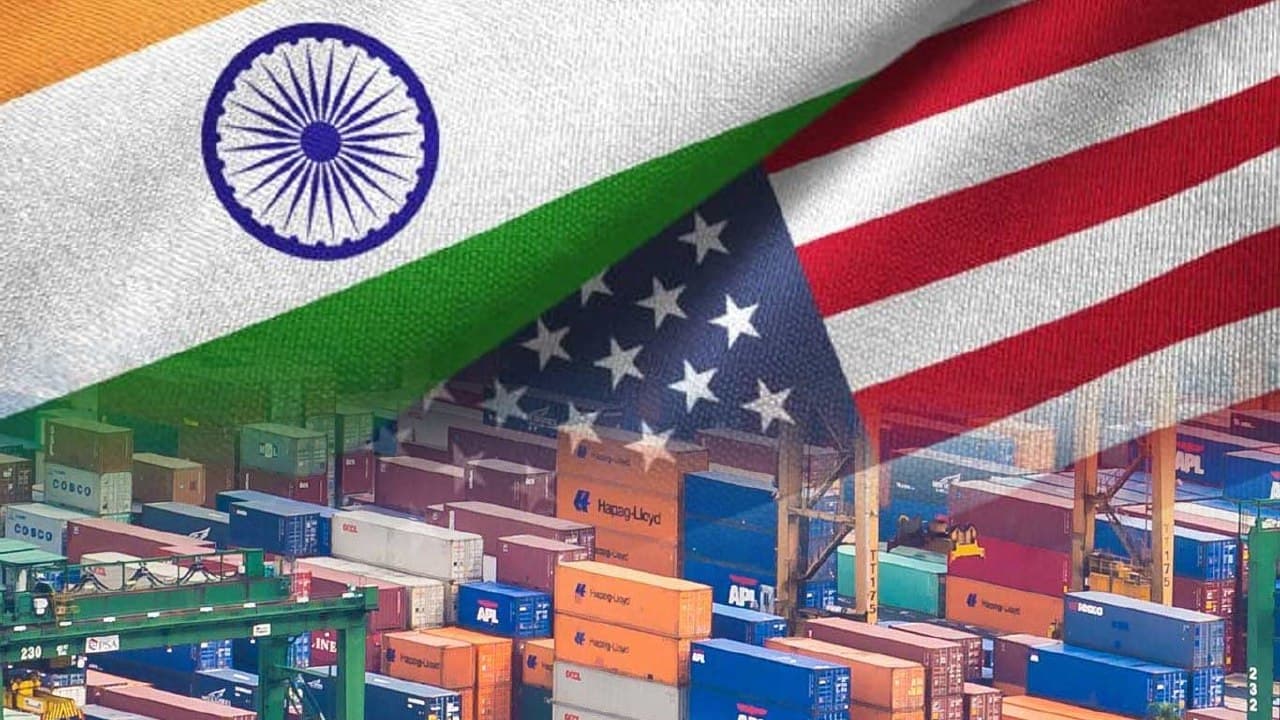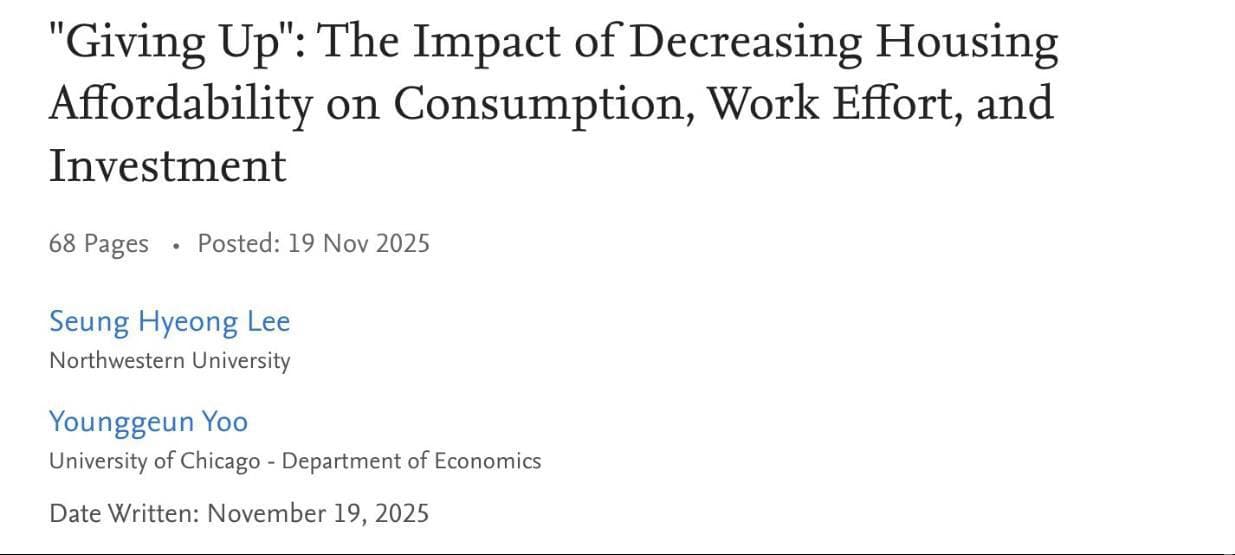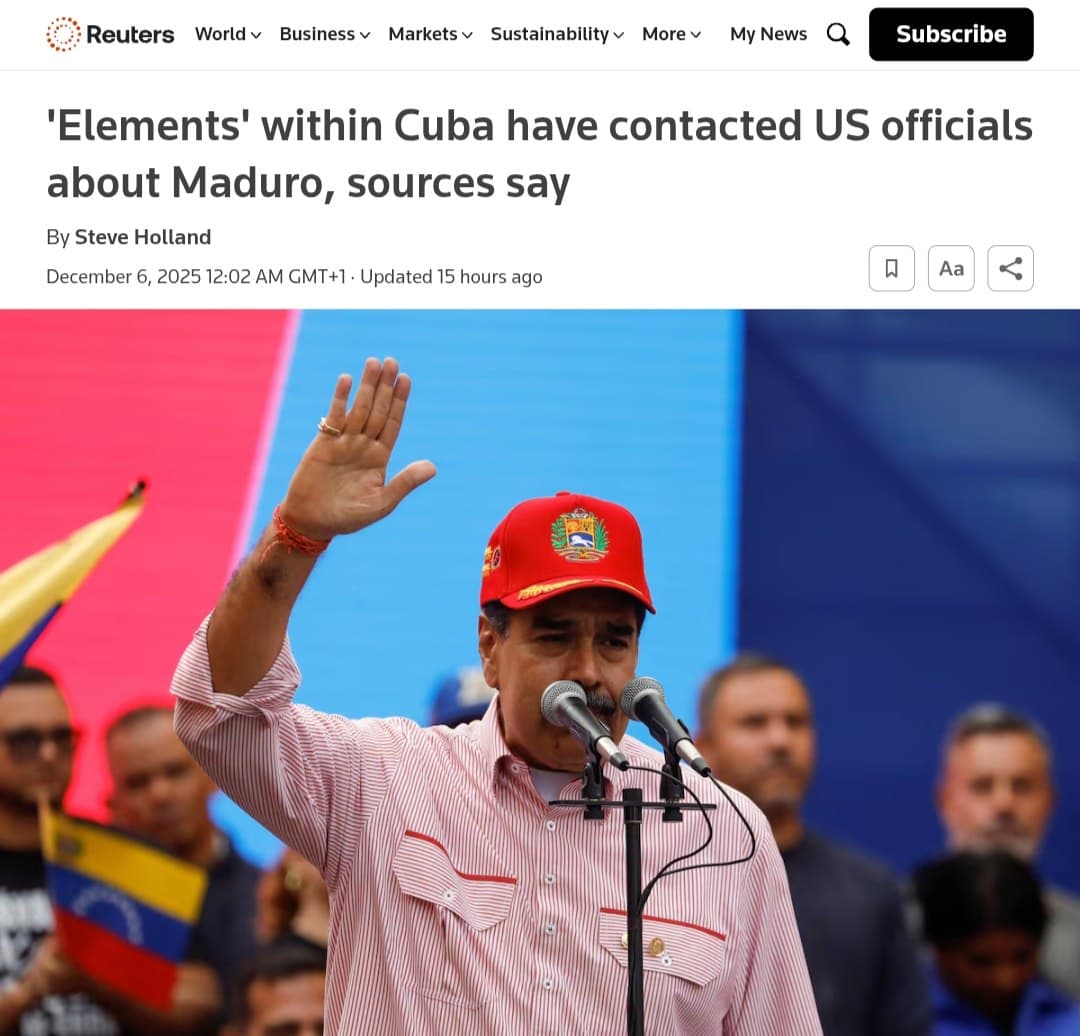Title: Trump Proposes 20-25% Tariffs on India, Sparking Trade Tensions and Market Uncertainty
Author: Priya Patel
Date: [Insert Date]
In a surprising statement that has sent shockwaves through the global economy, U.S. President Donald Trump announced on Thursday that India "may pay tariffs of 20-25%" on its exports to the United States. This declaration, made during a press briefing, has raised concerns about escalating trade tensions between the two nations, which have long enjoyed a complex but generally cooperative economic relationship. The announcement comes at a time when the global market is already bracing for potential disruptions due to ongoing geopolitical dynamics.
Background & Context
The United States and India have been engaged in trade negotiations over the past several years, with both countries seeking to strengthen their economic ties. However, recent developments have highlighted underlying frictions, particularly regarding tariffs and trade imbalances. Historically, India has benefited from preferential trade agreements with the U.S., which have allowed its goods to enter the American market with lower tariffs. The proposed tariffs could significantly alter this landscape, impacting a range of sectors from technology to agriculture.
Trade relations between the two countries have been complicated by various factors, including India"s insistence on protecting its domestic industries and the U.S. demand for greater market access. In previous reports, analysts noted that both nations have engaged in tit-for-tat tariff increases, which have strained negotiations. Trump"s latest comments suggest a shift towards a more aggressive stance, raising the stakes in ongoing discussions.
Key Developments
During the press conference, President Trump emphasized the need for fair trade practices, stating, "We cannot allow countries to take advantage of us any longer." His remarks hint at a broader strategy aimed at addressing perceived inequities in international trade relations. The proposed tariffs, if implemented, could result in a 20-25% increase on a wide array of Indian exports, which could significantly impact industries such as textiles, pharmaceuticals, and information technology.
Experts have expressed concerns that these tariffs could provoke retaliatory measures from India, potentially leading to a trade war between the two countries. Indian officials have yet to respond formally, but previous statements from New Delhi indicate a willingness to engage in negotiations rather than escalate tensions. The uncertainty surrounding these developments has already begun to affect market sentiments, with investors closely monitoring the situation for signs of further escalation.
Broader Impact
The implications of Trump"s tariff proposal extend far beyond the U.S.-India relationship. Economists warn that such measures could disrupt global supply chains, particularly in technology and manufacturing sectors that rely heavily on Indian exports. The potential for increased costs could also lead to higher prices for consumers in the U.S., exacerbating inflationary pressures that have already been a concern for policymakers.
Furthermore, this development comes on the heels of other significant trade-related news, such as the recent EU economic challenges following the U.S. trade deal that tripled tariffs on exports to America. Similar situations have unfolded in previous years, where sudden tariff increases have led to widespread market instability and uncertainty. The interconnectedness of global economies means that changes in one region can have ripple effects across the world.
What"s Next
Looking ahead, analysts suggest that the next steps will be crucial in determining the trajectory of U.S.-India trade relations. Both countries may seek to engage in dialogue to avert a full-blown trade conflict, but the path forward remains fraught with challenges. Experts predict that negotiations will intensify over the coming weeks, as both sides assess the potential economic ramifications of the proposed tariffs.
In the meantime, businesses and investors will likely remain on high alert, monitoring the situation closely for any signs of official announcements or policy changes. As previously reported, tensions in other regions, such as the recent clashes in Novi Pazar, further underscore the volatility of the current geopolitical landscape. Stakeholders across various sectors will need to prepare for possible shifts in trade dynamics, as the Trump administration"s policies continue to evolve.








![[Video] Coast Guard sniper takes out narco-boat in Eastern Pacific](/_next/image?url=%2Fapi%2Fimage%2Fthumbnails%2Fthumbnail-1765029104101-04awi-thumbnail.jpg&w=3840&q=75)